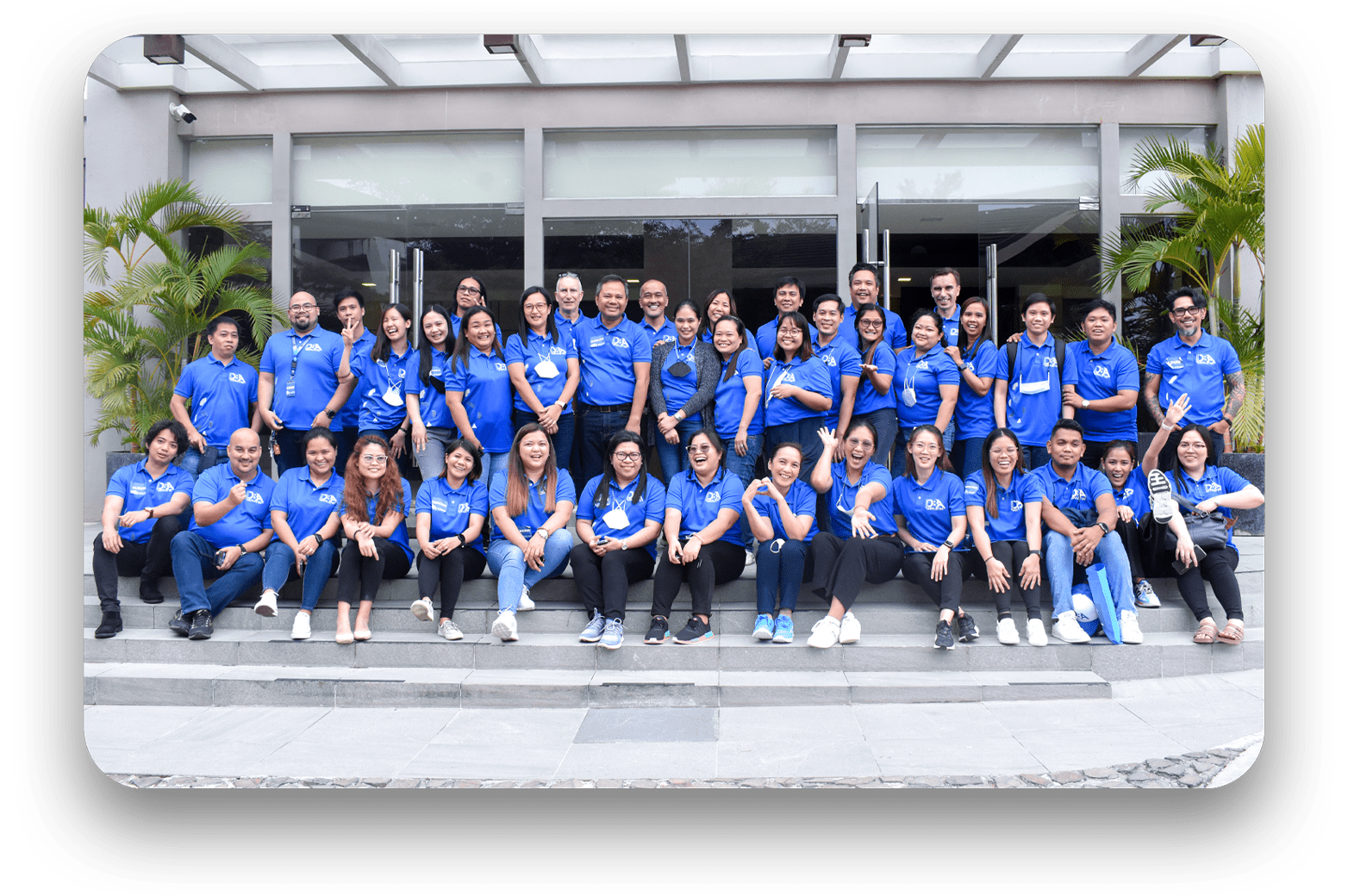The world has not even fully recovered from the pandemic, yet here comes an unusually high degree of interrelated emerging risks.
Though external challenges, these persistent events may prevent organisations from successfully navigating the new normal. To drive efficiencies and ensure continuity, businesses must move not only to boost agility but also build operational resilience.
According to the 3Q22 Gartner Emerging Risks Survey, a macroeconomic downturn is the top emerging risk facing organisations in Australia. This is followed by key material shortages, critical infrastructure failure, ESG implementation challenges and evolving socio-political expectations.
Despite all top five emerging risks being external factors, their interconnectedness can create a domino effect across industries. Hence, these risks can have a detrimental impact not only on the economy, but also on society.
For example, evolving socio-political expectations have led to the evolution of compliance laws and legislation. Meanwhile, increasing demand for sustainability resulted in the implementation of environmental, social, and governance (ESG) programs for regulatory compliance. Moreover, businesses are now focusing on sustainable investing—which includes augmenting data privacy protection—to achieve their ESG programs.
The interconnectedness of these risk factors is amplifying the uncertainties of the new normal. While their impact on markets and industries are still indefinite, one thing is clear—businesses will experience further disruptions. Fortunately, implementing an effective operational resilience program can help organisations not only mitigate risks but also boost business continuity.
As we continue the fight to achieve stability in the new normal, we must look at how we can build operational resilience to ensure business continuity and boost reliability.
What is Operational Resilience
With the pandemic still looming, the world has become even more unpredictable and challenging. In fact, some businesses are still reeling from the impacts of the pandemic, while others no longer exist.
Operational resilience is an organisation’s ability to manage, control and adapt rapidly to changes or disruptions in its environment. It encompasses people, facilities, technology and third parties that help you continue operations, even in an impaired state.
In addition, it includes the processes, systems, characteristics and techniques that businesses utilise to recover from adverse events. Whether it is a natural disaster or complex compliance requirements, operational resilience enables your business to overcome unexpected challenges and thrive. To help your business prepare for and prevent disruptions, here are 5 steps to build operational resilience:

1. Identify key business services
Map the entire organisation—i.e., the people, objectives, processes, technology, facilities and other resources. Align your map with your risk appetite to find out your organisation’s resilience and tolerance level. Moreover, your map will give you a better understanding of your services, so you can improve your risk management initiatives.
Mapping your organisation can also give you critical insights as to which services would cause greater damage if disrupted. Moreover, your map can help identify the processes, systems, people and related third parties dependent on your services. Hence, you can determine which resources would be critical in ensuring continuous services delivery.
2. Set impact tolerances
Create a maximum tolerable level of disruption (MTLD) for each of your organisation’s services for scenario testing and risk analysis. This includes identifying recovery objectives and work times, and other metrics that help measure the viability of your organisation. Hence, you can forecast, pre-empt, manage, or mitigate the factors that contribute to disruptions, and identify your risk metrics.
Setting impact tolerances can also help you define how much, when and for how long can your services tolerate disruptions. Moreover, it helps you determine your organisation’s ability to make your services available while in an impaired state. More importantly, it can help you identify the levels of harm to your client if your services were disrupted.
3. Map processes and resources
Organisations are internally and externally dependent on resources—people, technology, facilities and third parties—and processes. Moreover, most businesses have a higher dependence on professional partners or outsourcing providers, which can lead to potential issues.
Mapping your resources and processes can help you understand their connections and identify their vulnerabilities. Hence, you can determine their key risks and how to ensure their safety and stability during disruptive situations. Most importantly, it will help you determine whether your third-party providers can continue to meet their obligations effectively during disruptions.
Focusing on the learning experiences your organisation can get from disruptions gives you key information to increase adaptability. Learning from disruptive events gives you critical insights and outcomes that enable you to proactively prepare for and prevent disruptions.
4. Conduct scenario testing
Risk scenarios provide valuable data to identify possible points of failure, and validate your set MTLDs. Moreover, analysing scenarios can determine the weak links across your organisation, i.e., people, technology, facilities and third parties. Hence, you can have greater visibility of your impact tolerances and a better understanding of your risk appetite.
Creating risk scenarios also helps you determine the extent of the impacts a disruption can cause and the possible outcomes. When aligned with your business objectives, risk scenarios can also help you understand the role of your stakeholders in mitigating risks. Hence, you can test your organisation’s response and recovery capabilities and gain insights for building a strong operational resilience plan.
5. Improve lesson learnt
Focusing on the learning experiences your organisation can get from disruptions gives you key information to increase adaptability. Learning from disruptive events also gives you critical insights and outcomes that enable you to proactively prepare for and prevent disruptions. Hence, you can minimise the adverse impacts of disruptive events to your business, your clients and the entire market.
Learning from disruption also enables you to develop an effective communication plan to reach both internal and external stakeholders. It enables you to tear down barriers across roles, functions, teams, partners and vendors during a crisis. Moreover, it promotes more informed decisions aligned with your resilience objectives, so you can ensure an effective response and faster recovery.

Leverage technology to build operational resilience
At the heart of operational resilience is technology. In fact, implementing industry-recognised IT and cybersecurity control frameworks is the first step in the Operational Resilience Framework Rules.
DBA is the leading provider of innovative, technology-driven processes in the Asia-Pacific region. Our adeptness in the latest technology allows us to ensure our services are continually available, even during disruptive events. In fact, when the pandemic hit and a lockdown was enforced, DBA easily transitioned to a work-from-home set up.
Our unique focus on technology enabled us to create a workplace culture reinforced with digital transformation. Moreover, we have developed a proactive cybersecurity mindset, enabling us to build a strong culture of security. Hence, we are prepared for any disruptions and can rapidly adapt to changes in operations.
Our knowledge and experience also enable us to help organisations build resilience across business, technology, cyber and professional partners. We can implement and deploy critical systems and tools to guarantee business continuity, whilst ensuring you meet relevant compliance requirements. More importantly, we can boost your IT recovery and cybersecurity response, to support your operational resilience plans.

Maann Sagun, MDC, DMP

Maann Sagun, MDC, DMP
Share


DBA’s Global Head of Sales and Marketing, Jason Ryan recently attended the Intrigue MAdVerse Conference in Melbourne, where key insights around the evolving concept of “value” were shared. His takeaway: value is not just a concept—it’s an experience that is deeply human. At DBA, we are committed to embracing innovation while staying rooted in empathy, creativity, and connection to build a future where technology and humanity thrive together. Read more of his insight here!

Jason Ryan CFP, DBA’s Global Head of Sales and Marketing, attended the Symphony Conference in February, hosted by Fin365, Principals Community, and Netwealth. The event brought together industry leaders and professionals to discuss the latest trends and strategies in the financial services sector.






© 2024 DBA. All Rights Reserved.





